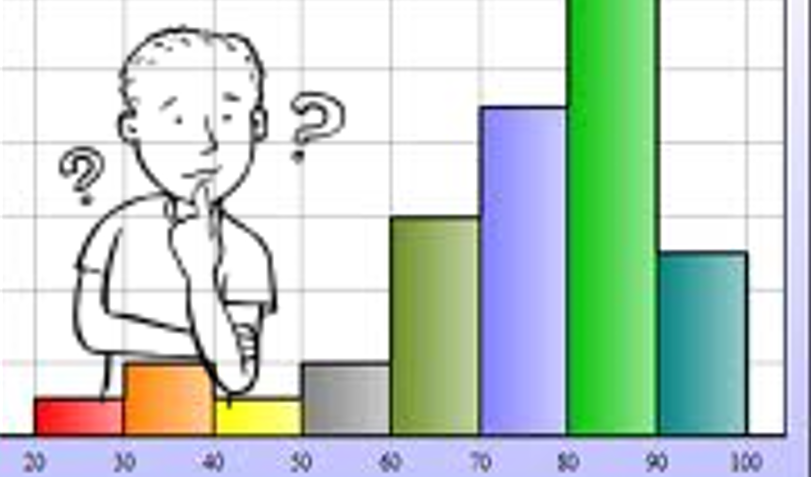Summary
This lesson epitomizes student centered learning through my own study group model. This model is used in conjunction with the Flipped Classroom approach of presenting “basic” mathematical material to students for learning at home. The difference is how students are held accountable when they come to class. In groups of 4 (leader, timekeeper, recorder, office manager), students have a sequence of activities that starts with sharing what they learned from video instruction to helping each other with guided practice, and ending with individual assessment. The study group completes a self-assessment [rubric] throughout the process. At the completion of the formal assessment, groups are given a much more challenging problem that relates to the material. Groups develop their solution and then share it with another group who scores it (again – self assessment). All exercises and problems will be on the final unit assessment.
TIPC Ratings
N/A: Research and Information Fluency is not the focus of this lesson. All needed information is presented to the student through the flipped classroom model (Video here).
Ideal/Target: I provide the framework in which students select their roles to help achieve a common goal: basic understanding of standard mathematical material to be applied into an authentic task. Students establish roles and are consistently reflecting on the job they are doing in the study groups throughout the process. The entire process can be done through google docs or on paper depending on the geometric concept being taught.
Approaching: The design of the lesson is based on collaborative problem solving where I (the teacher) am only a facilitator in the process. The ultimate goal of the problem is to justify the team’s decision making when presenting their solution to other students.
Developing: This lesson encourages unique application of mathematical ideas, but is not creating an actual product.





